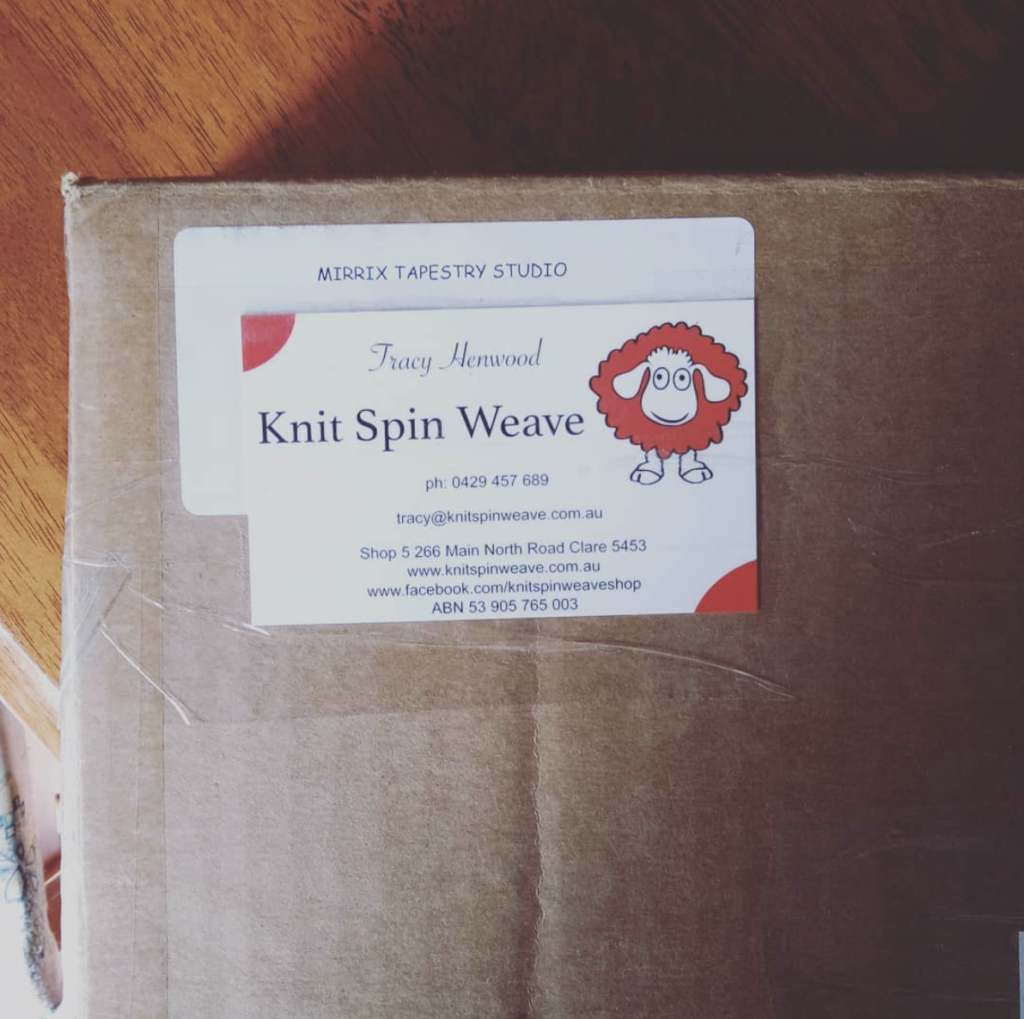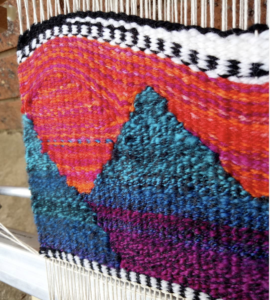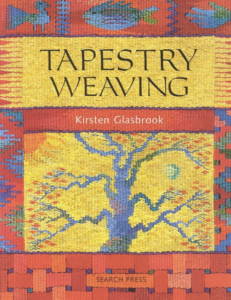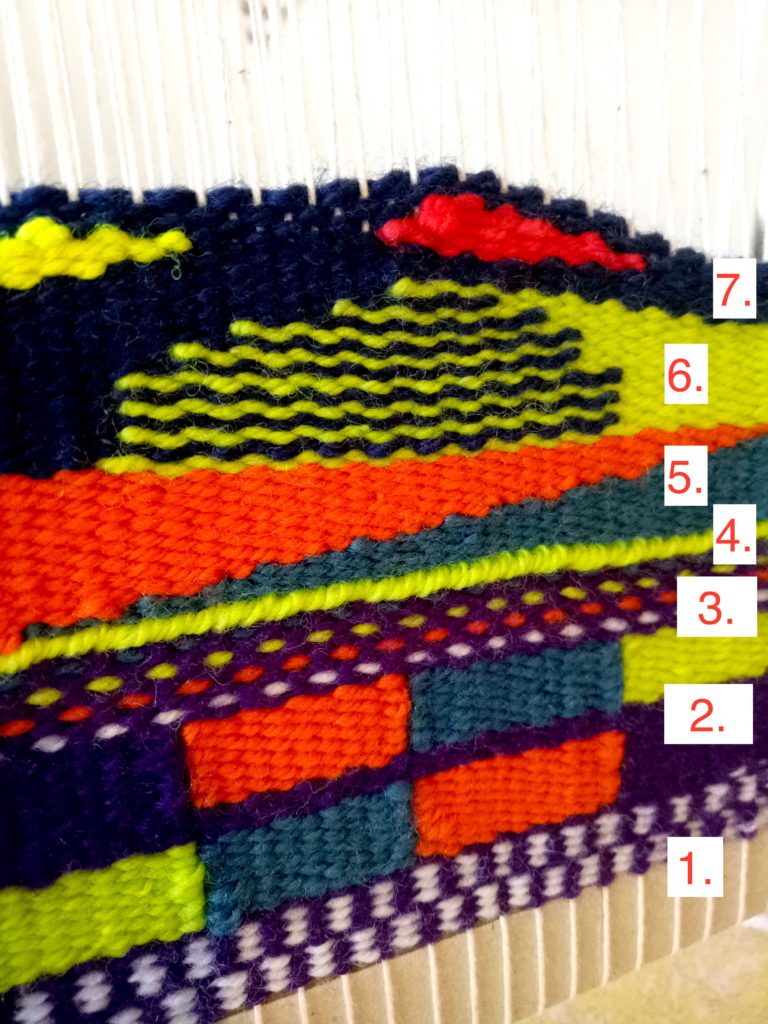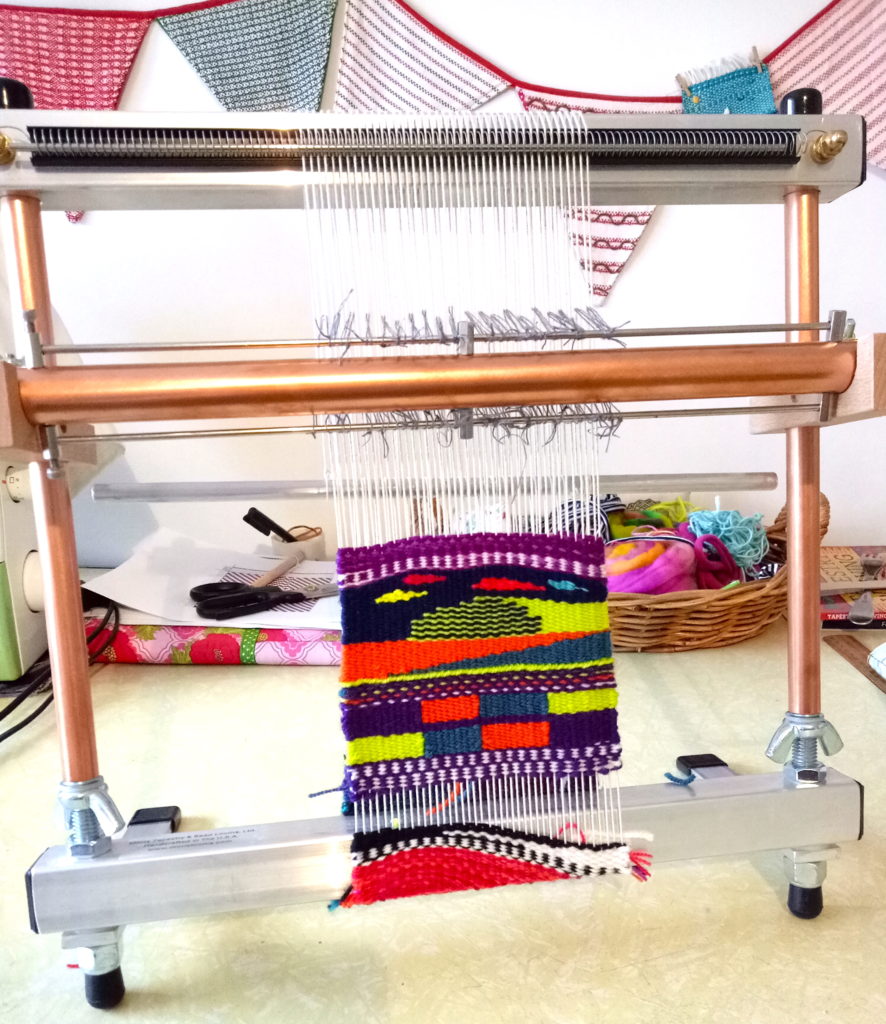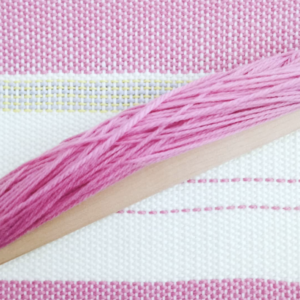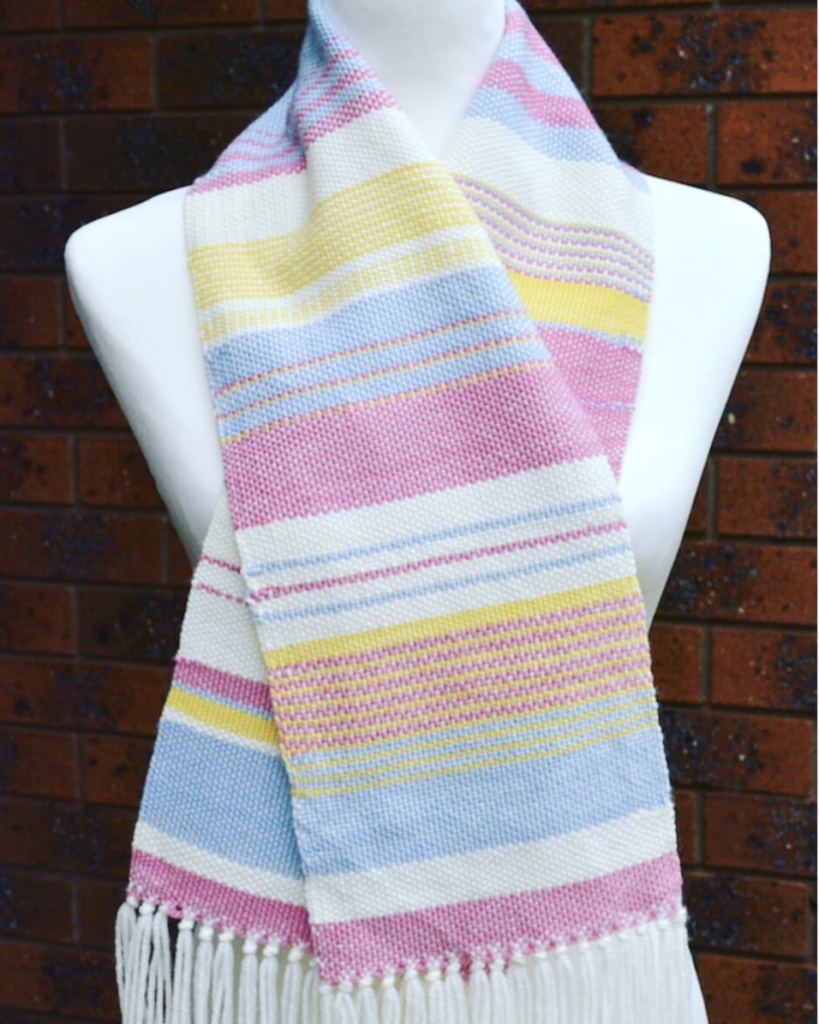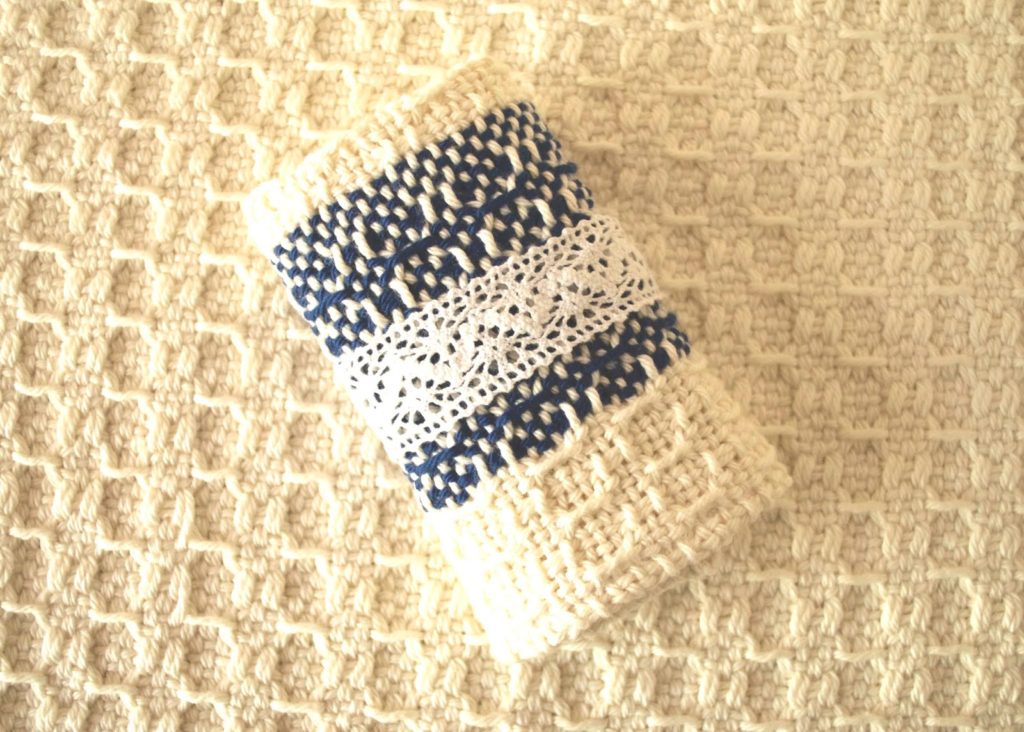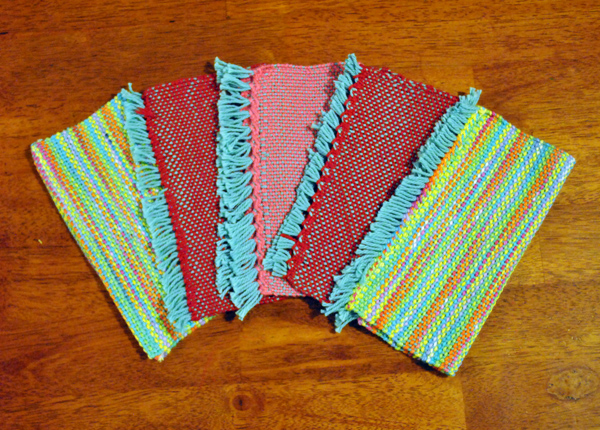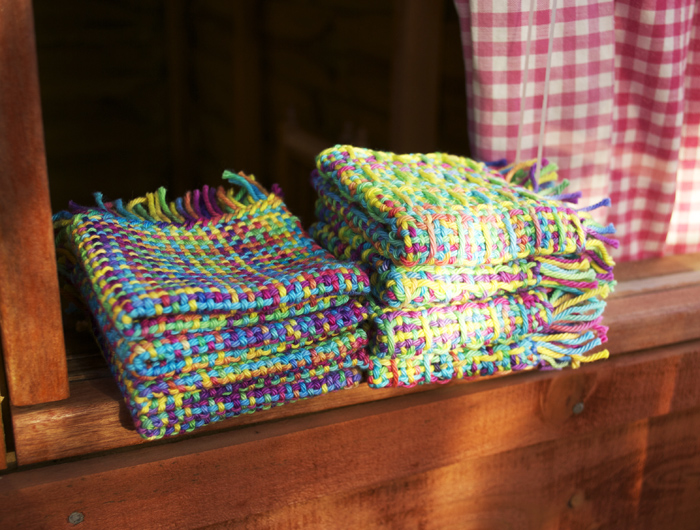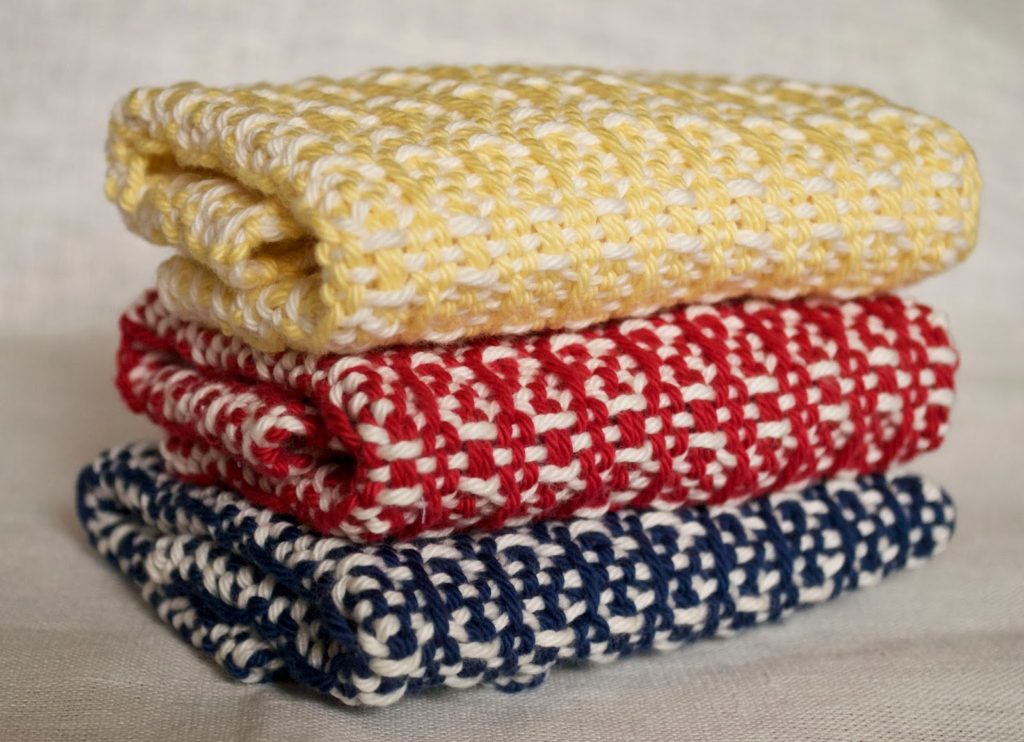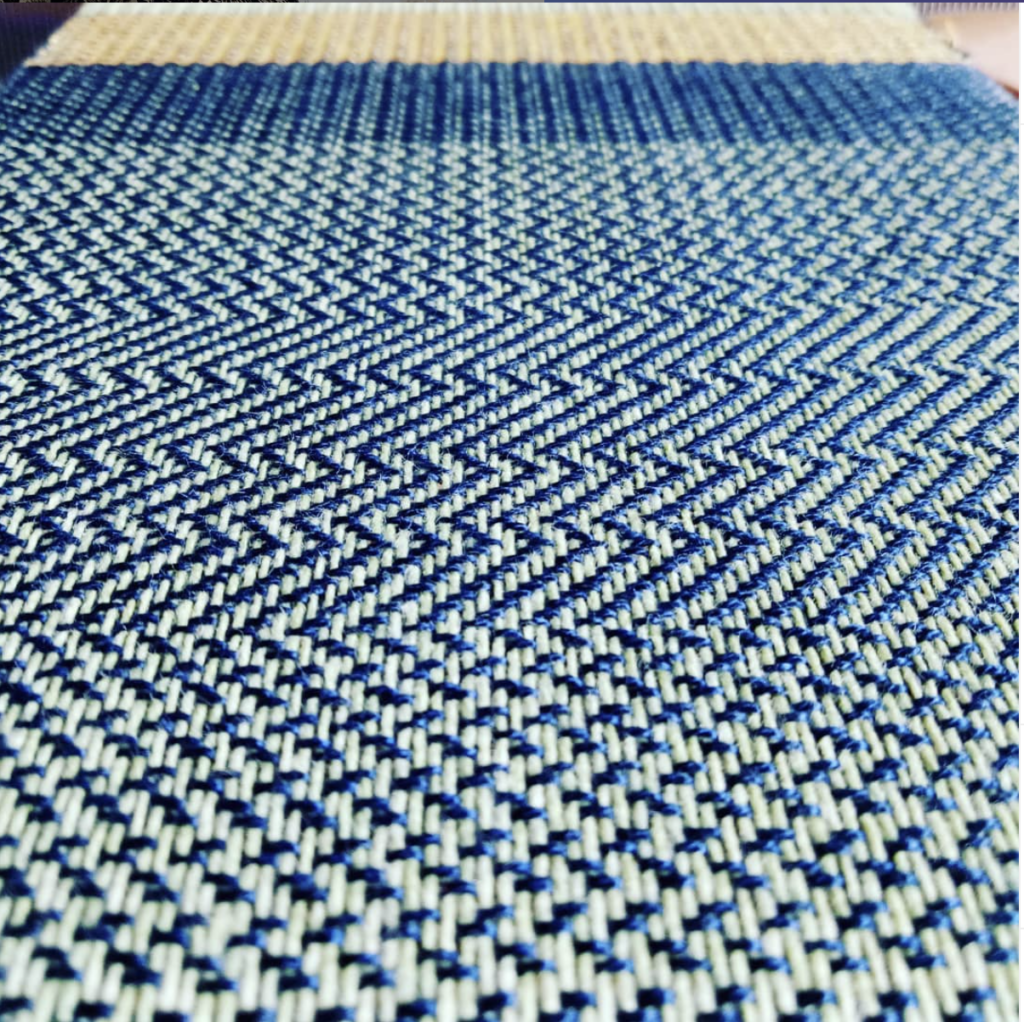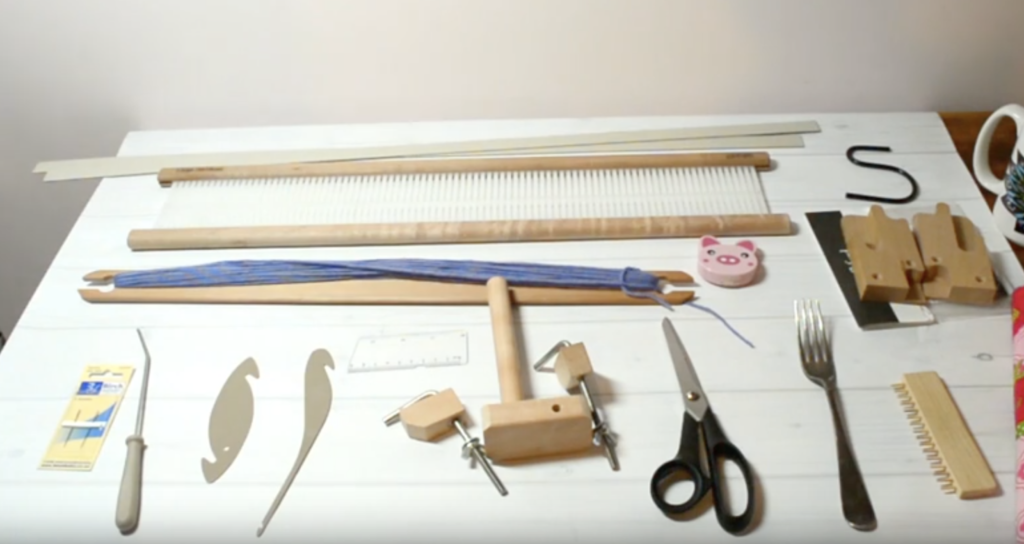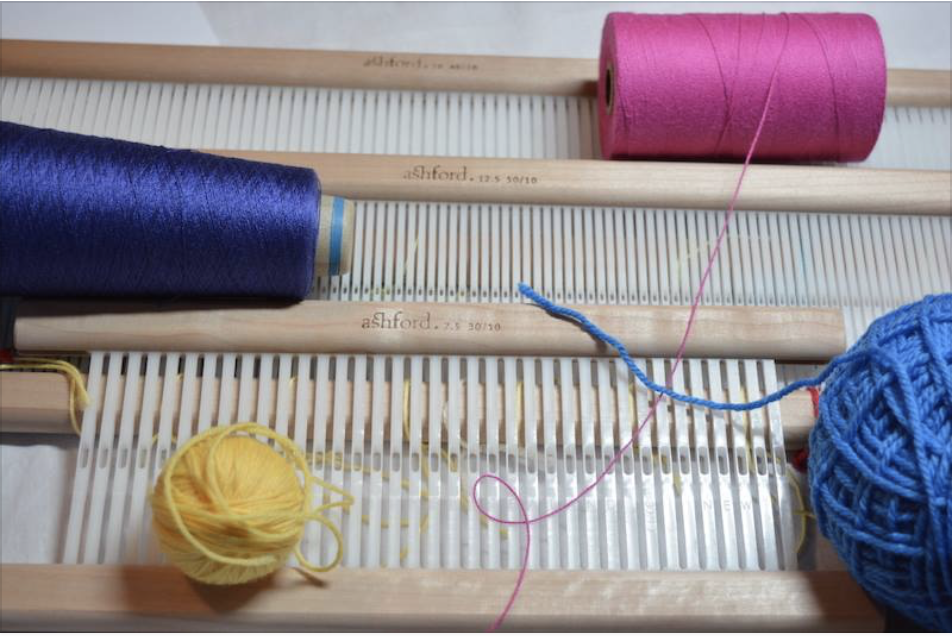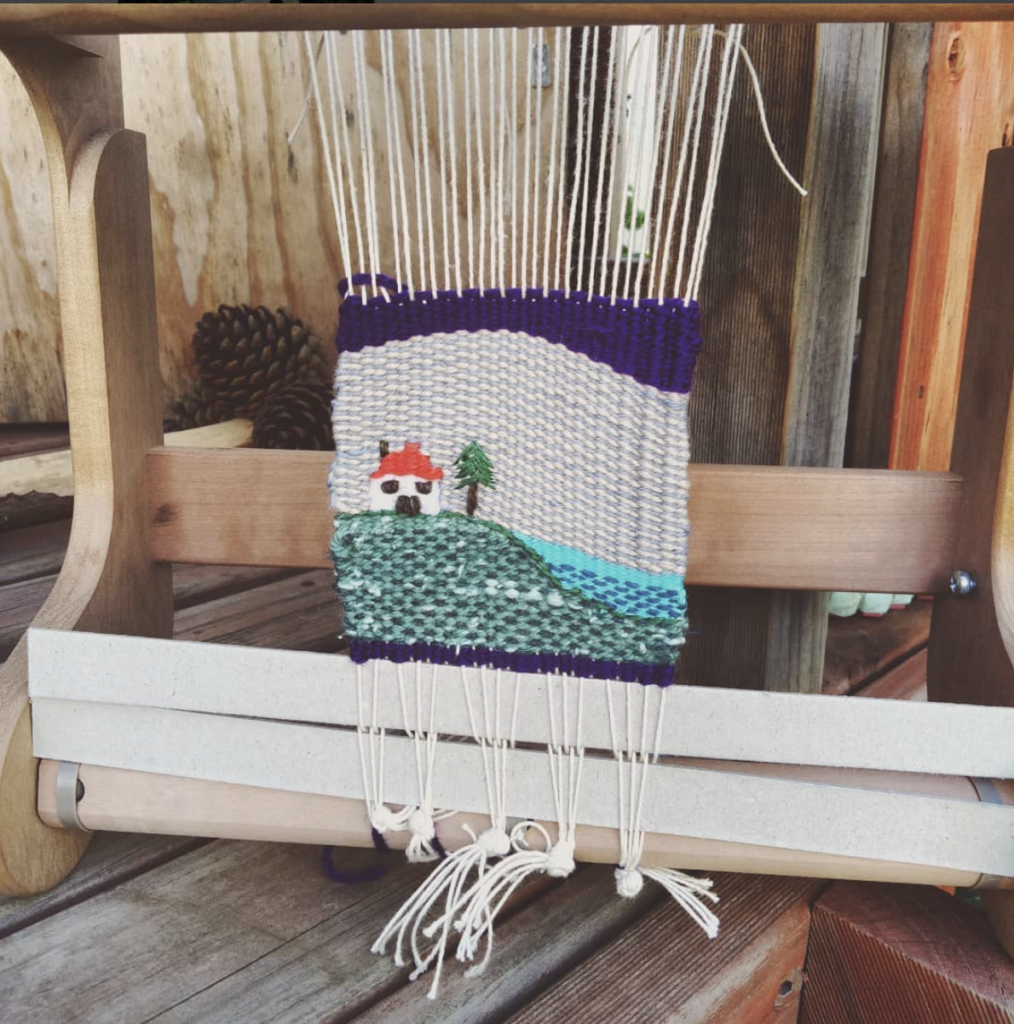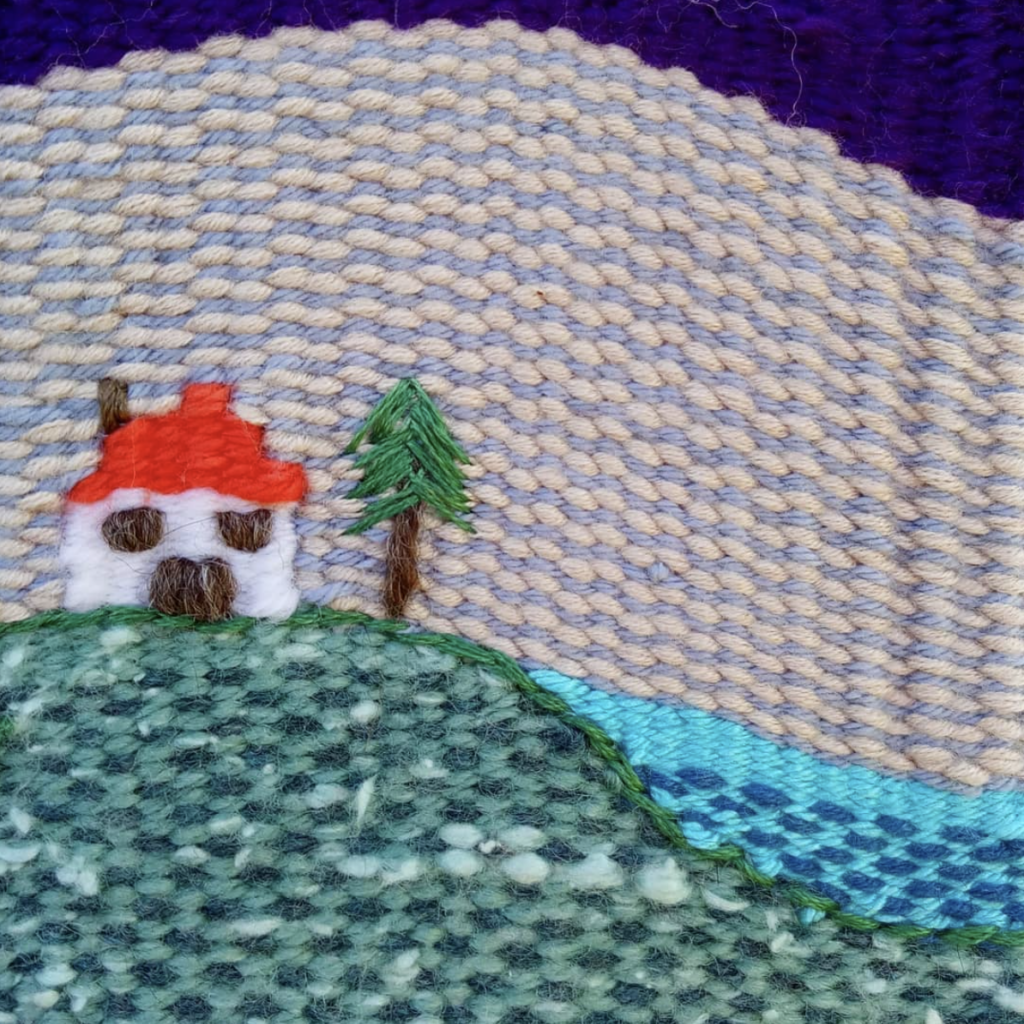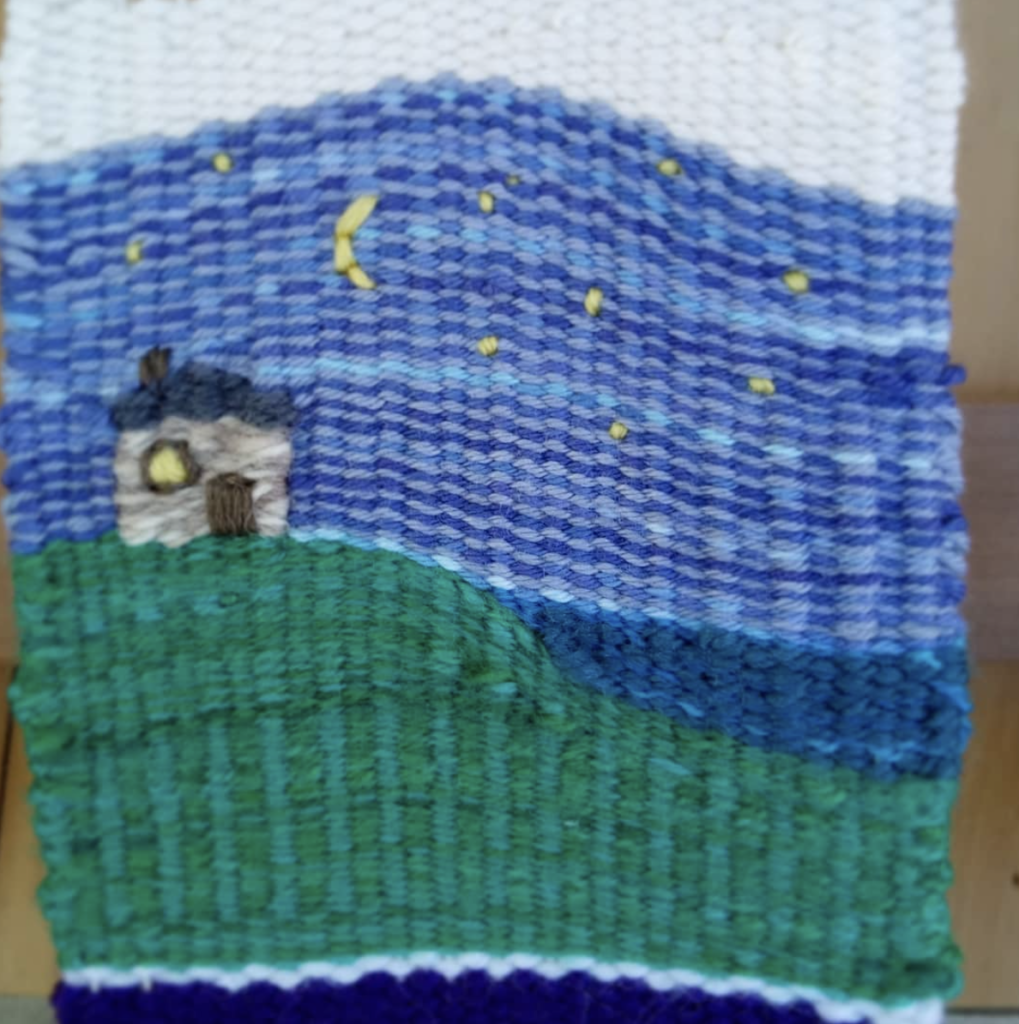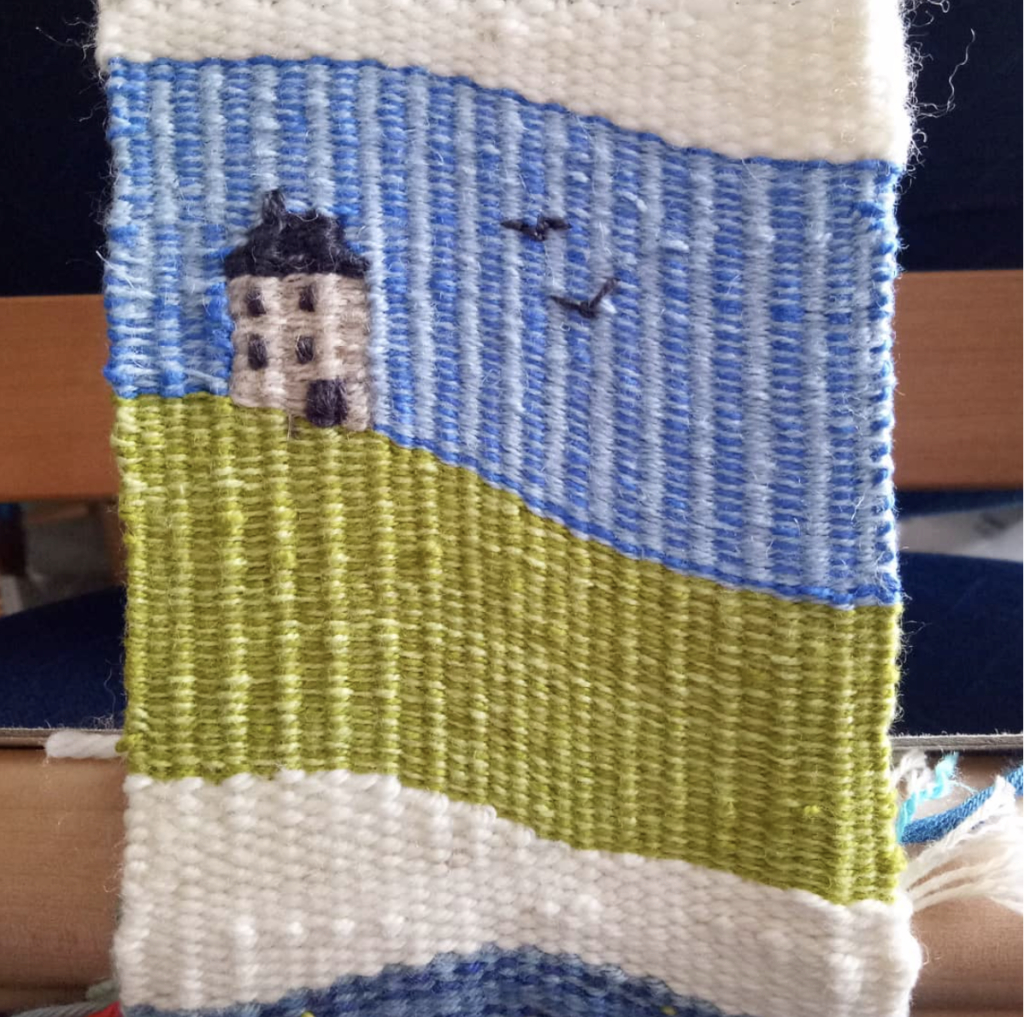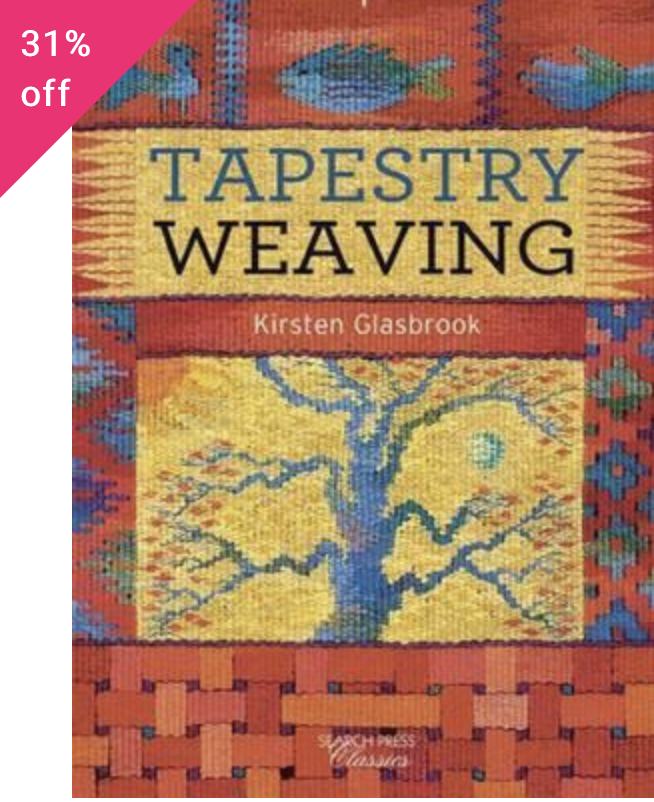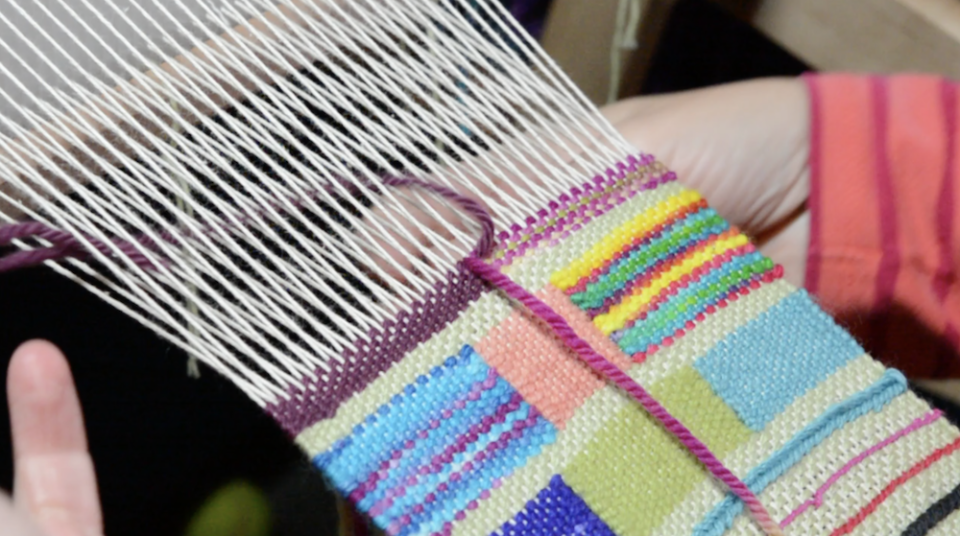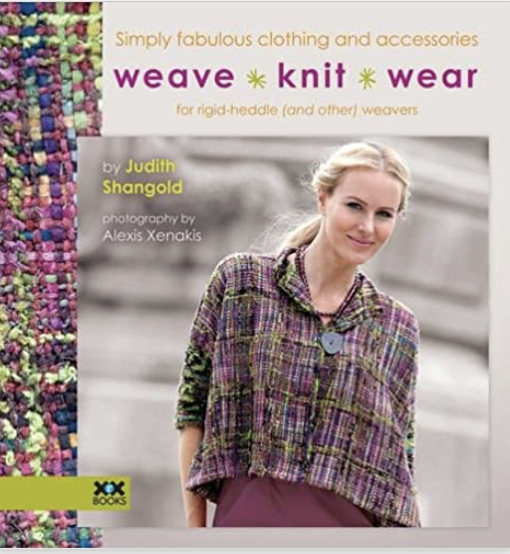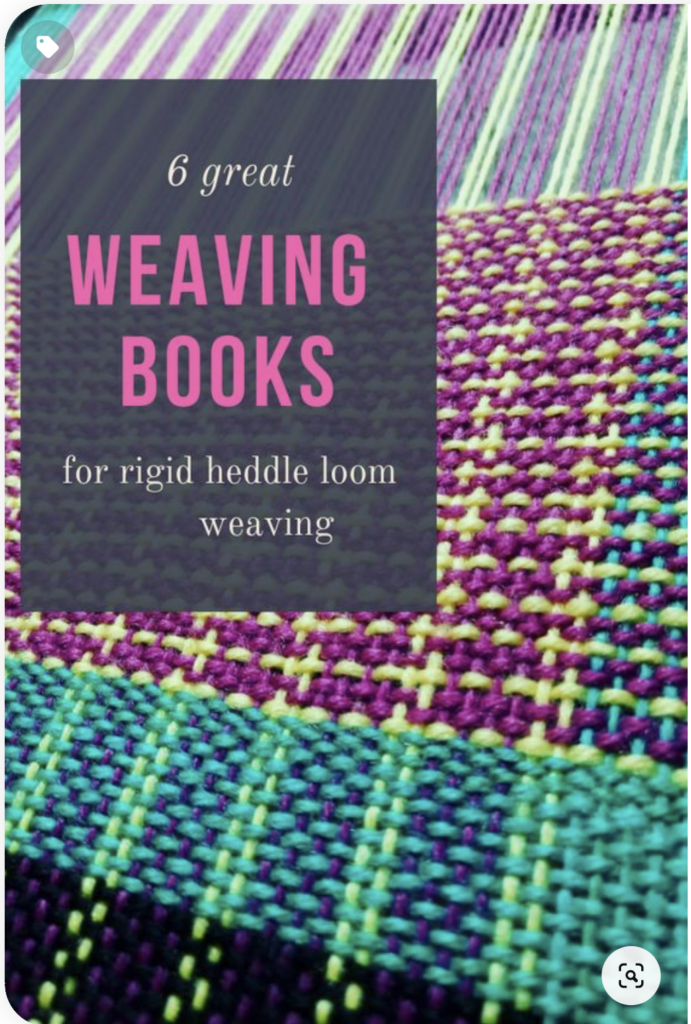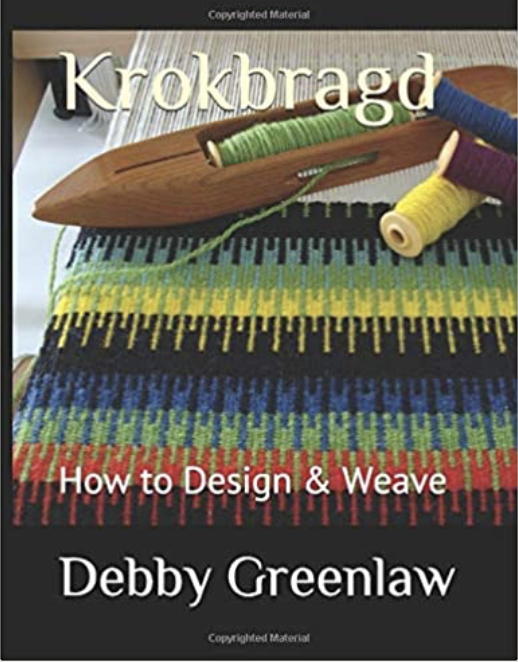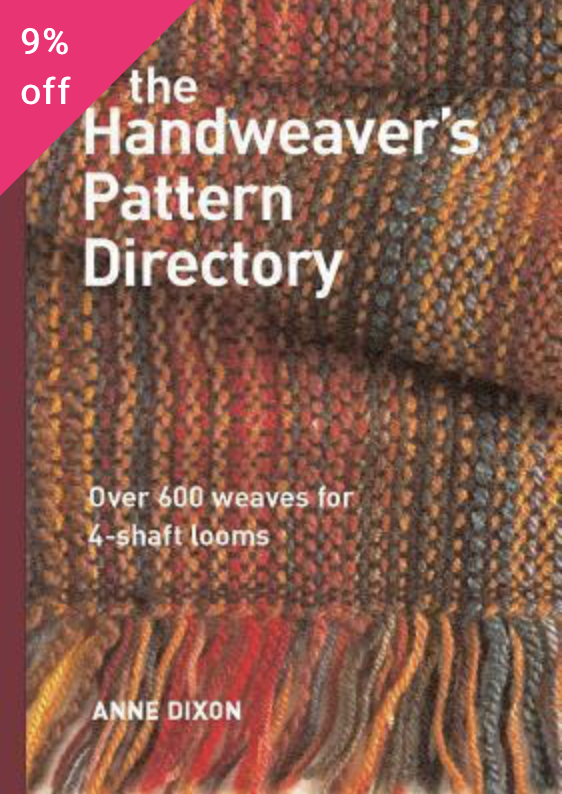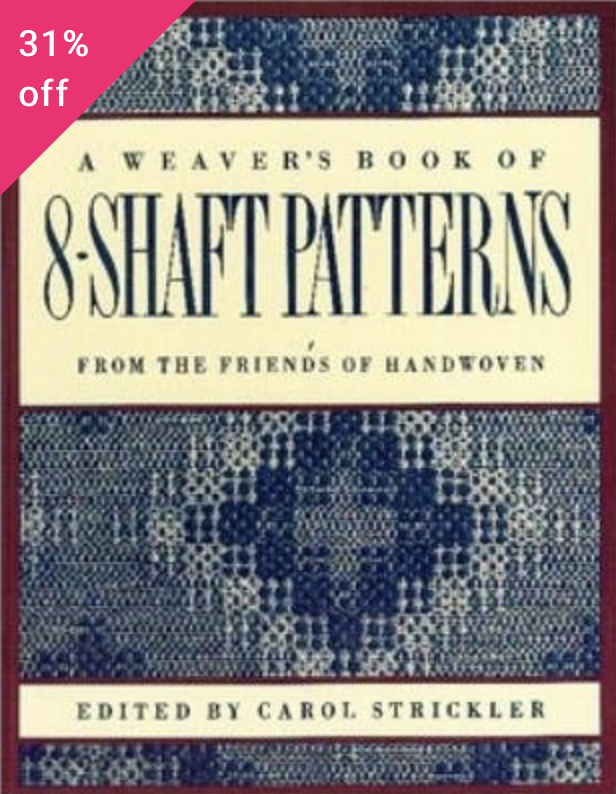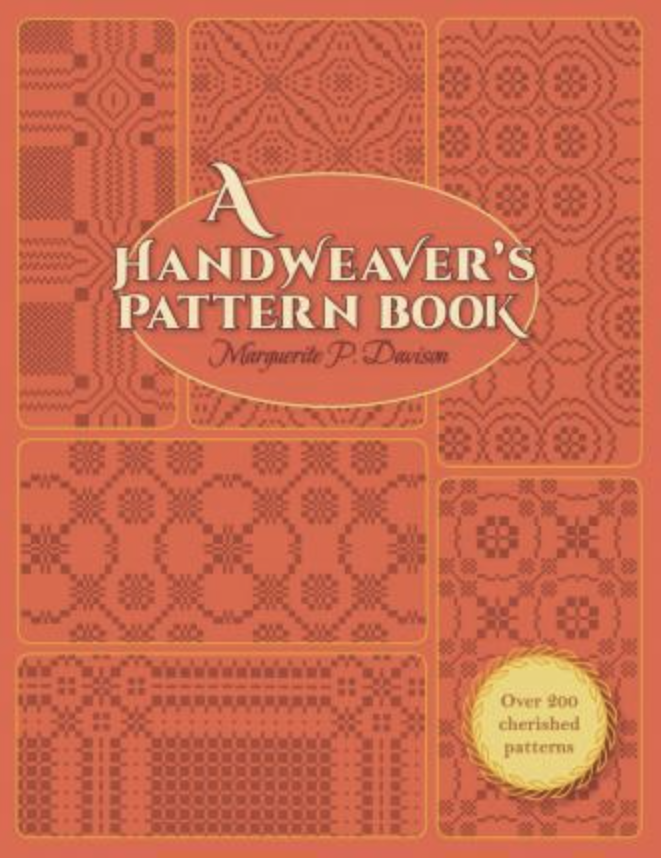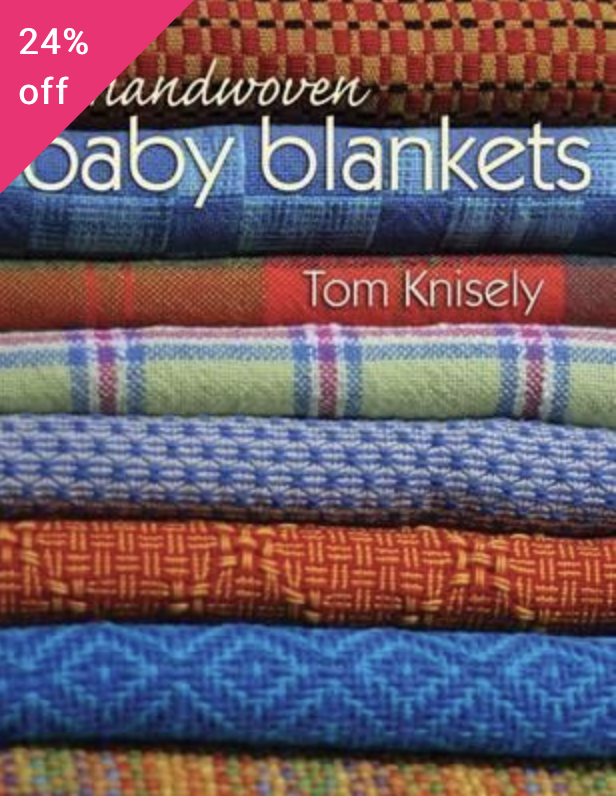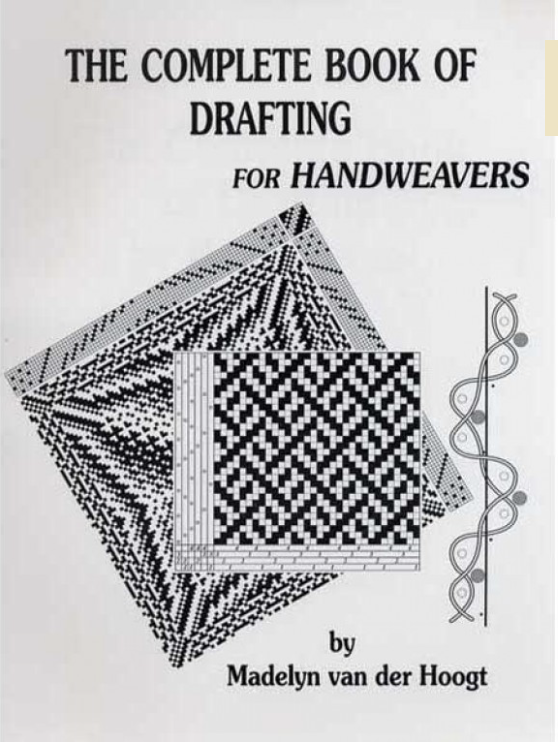Perhaps one of the most confusing terms to newer weavers is the sett.
What is the sett and why does it matter?
Well, I’ve made a video explaining the basics and narrowing it down in an easy to understand format, so please take a few moments to watch that.
You will usually see the sett referred to as “ends per inch” or “epi”. When obtaining a measurement or calculation to determine your sett, you are figuring out the spacing between your warp threads.
The spacing is important because it affects the end result of your weaving. For example, if I have some really thick yarn that I’m using as warp, and I space it (or sett it) too closely together, I may end up with a fabric that is more like cardboard! If that is the effect you are going for, great – but if not, you need to understand why it happened.
*This post contains affiliate links. This means that if you click the link and purchase, I receive a small commission at no extra cost to you.
So, let’s take a look at how you can determine sett. Once again, I have a video that demonstrates the simple process. All you need is some yarn and an inch ruler!
If you are a rigid heddle weaver and have a good collection of different sized heddles/reeds it is very easy to transfer your calculated sett to the loom – you just choose the heddle/reed that is close or exactly the same as your figure.
Let’s have a look at an example. The yarn I used in the video is an Australian 8 ply (light worsted/ dk). When I wrapped it for an inch, I found that I could wrap the yarn 14 times. Dividing this figure in half gives me the correct sett for a balance plain weave. 14 divided by 2 = 7. My sett would be 7. I don’t have a 7 dent heddle/reed, so I would choose my 7.5 dent. An 8 dent would also be fine.

So, for every weave structure, I divide my wraps in half?
No.
The rules change when the weave structure changes. Plain weave is a balanced interlacement of warp and weft threads. One over, one under, one over and so on. But when it comes to twill, the weft yarn travels differently. It has to travel over more warp threads, so it has further to go. Therefore, when determining sett for twill, we use a different tactic.
Twill is generally sett 2/3 closer than plain weave. For those of us who are not strong on mathematics (hello!) it can be easiest to follow a simple formula. Instead of dividing our wraps per inch in half, we multiply by 0.67.
Let’s use our earlier example with the same yarn to figure out a sett for twill instead of plain weave. Remember that we wrapped the yarn for an inch and got 14 wraps? We take that 14 and multiply it by 0.67. 14 X 0.67 = 9.38. Now I need to make a decision – there is no heddle/reed with a 9.38 dent! So, I choose the closest, which would be a 10 dent.
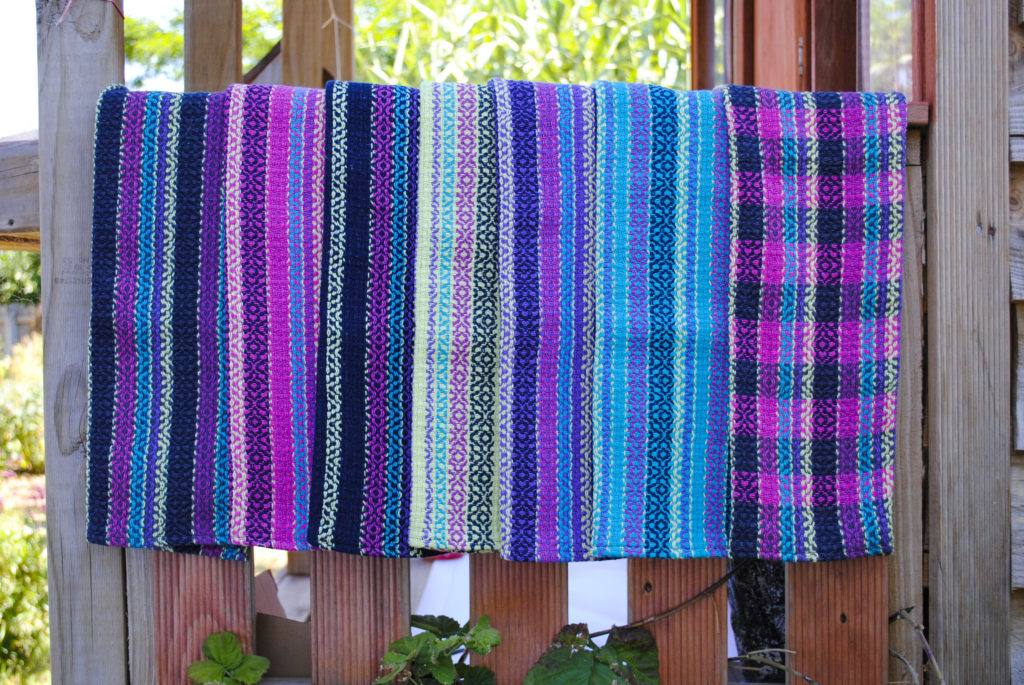
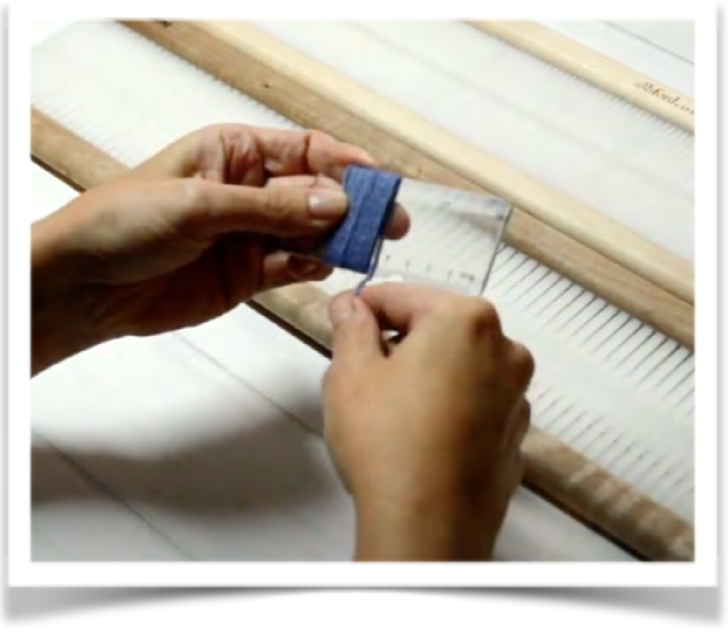
Sampling is always an excellent idea. It will leave you with no doubts about your project, or it may strike you with the realisation that you need to research and perhaps sample further.
You will get to a point (as all experienced weavers do eventually) of knowing your favourite yarns, projects and the sett you need to use. For a great deal of my projects these days, I don’t calculate the sett formally, it just becomes intuitive. If I buy a new yarn that I’ve never used or undertake a weave structure I haven’t tried, then I will go back to basics and calculate more carefully.
I hope this article has helped you to wrap (oops, there goes another pun!) your head around the whole idea of sett and why it is necessary in weaving.
If you feel you want to know more or are interested in delving further in, I have a great short class What do all the Numbers Mean and how do they apply to a Rigid Heddle Loom?
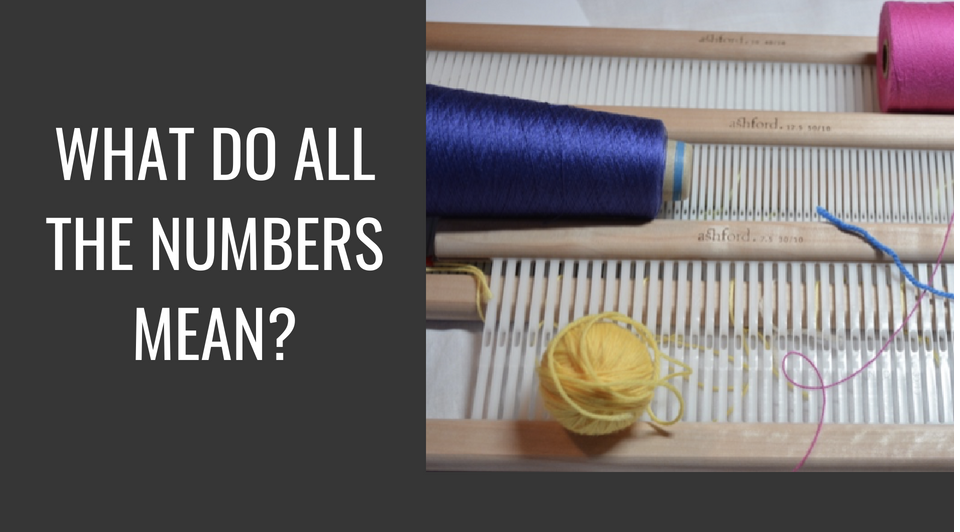
This class goes into the numbers that you see on your weaving thread cones and what they actually mean. It includes two printable yarn charts. One is specifically for weaving yarns and the other for knitting yarns.
Each chart gives you a list of common sizes of yarn and recommended setts, name conversions where necessary, recommended heddle/reed sizes and suggested related projects. It’s well worth a look and is the type of class you can refer back to again and again.
I also have the Weaver’s Toolkit Ebooklet available. This is a 22 page ebook for rigid heddle weavers. It includes many helpful resources like yarn conversion charts, sett explanations and recommendations, weaving yarn sizes and so much more. You can read more about the booklet in this post or you can purchase it from my Etsy shop.
Well, that’s all for today friends, until next time…
Happy Weaving!

